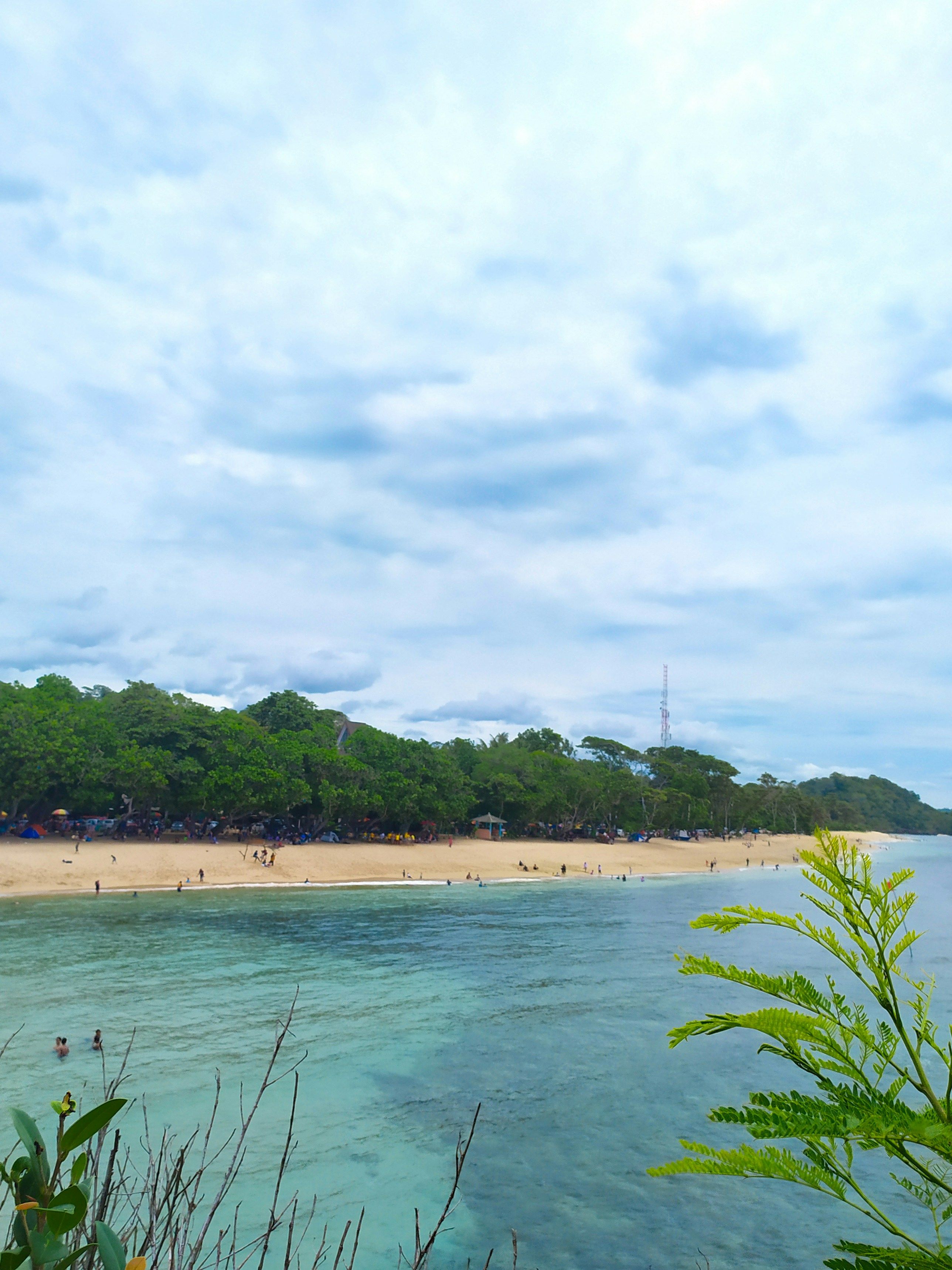Inappropriate Labor Conditions: Methods Used in Pension Estimation
In Kazakhstan, the pension system for workers in hazardous conditions remains unchanged, according to Deputy Prime Minister Erlan Tugzhanov. The shift towards a pension system with a savings component means a decrease in solidarity pensions every year, but only until 1998's work experience is considered.
Tugzhanov cited the Concept of Further Modernization of the Pension System of the Republic of Kazakhstan until 2030, which aims to offset the decreasing size of solidarity pensions via the savings component formed through compulsory pension contributions. Just as lowering the pension age for those in hazardous jobs isn't feasible due to the need for sufficient pension funds, those who've reached the age of 40 and are younger lack eligibility for solidarity pensions.
Instead, the focus lies on building a robust mandatory professional pension plan based on shared responsibility between the government, employers, and employees. In 2014, a 5% contribution from employees' income for this plan — called the mandatory professional pension fund (ОППВ) — started, funded by employers. Workers in mining and metallurgy professions fall under this category. As of January 1, 2014, over 563,000 workers in 14,000 businesses across Kazakhstan have benefited from this scheme.
As of May 1, 2021, the accumulated pension funds through these contributions totaled approximately 319.3 billion tenge. By concluding a pension annuity, workers can qualify for pension payments once they reach the age of 50, assuming the pension funds are adequate.
Currently, employers in Kazakhstan pay 10% of their employee's salary towards pension contributions. The returns on these pension assets have surpassed inflation rates, with a 11.99% return as of April 1, 2025, and a 7.37% return for compulsory employer contributions. The labor code enforces benefits and contributions for workers in hazardous conditions, but specific protections or additional benefits are not explicitly highlighted in the available data.
Future plans for the mandatory professional pension scheme remain vague, with a lack of details about enhancements for those in hazardous conditions. However, ongoing updates and amendments to laws and regulations suggest the government's ongoing efforts to fine-tune the legal framework in Kazakhstan. It's likely that future plans involve adjustments to ensure the system's stability and fairness across various sectors, particularly those with hazardous working conditions. More detailed information can be found through official government sources and recent legislative updates.
politics: The ongoing updates and amendments to laws and regulations in Kazakhstan suggest a government's commitment to fine-tune the legal framework, which could potentially impact the mandatory professional pension scheme.
business: The focus in Kazakhstan lies on building a robust mandatory professional pension plan, with employers contributing 10% of their employees' salary towards pension funds and workers in mining and metallurgy professions being a primary beneficiary of this scheme.







